

Millennials have been coined the unluckiest generation in the history of the United States. Hit hard by the Great Recession, housing trends within the millennial generation are partially the result of financial insecurity, as millennials may be the first generation to earn less in aggregate than their parents did. For the small minority of millennials who do move each year, however, some U.S. cities are far more preferable than others.
Millennials have been slower to start their own households and are more likely to live longer with their parents than members of previous generations. According to a Pew Research Center survey, 15% of millennials were living in their parents’ home in 2018, compared to less than 10% of the Silent Generation, baby boomers, and Gen-Xers in comparable eras. Millennials are also far less likely to move than young adults of previous generations. (These are the counties with the least expensive housing markets in each state.)
Mostly absent from this list are large, so-called “superstar” cities that have historically drawn in large numbers of young, college-educated, and upwardly mobile professionals. Many of these cities, like Boston, Los Angeles, New York, and San Francisco, are expensive places to live and have reported a net-decline in their millennial population in recent years. Of the metro areas on this list, all but two are home to fewer than 1 million people. (These are America’s fastest growing big cities.)
24/7 Wall St. identified the major cities millennials are moving to the most using data from the U.S. Census Bureau’s American Community Survey. We ranked all U.S. metro areas with populations of at least 250,000 on the change in residents between the ages of 25 and 39 from 2019 to 2022. The majority of metro areas on this list — 16 of 25 — are in the South, compared to four in the West, three in the Northeast, and only two in the Midwest. Among these places, the share of 25 to 39 year olds increased by anywhere from 6.6% to 14.3% between 2019 and 2022. Supplemental unemployment data is from the Bureau of Labor Statistics.
Why This Matters

With over 72 million people, millennials – generally defined as those born between 1981 and 1996 – are the largest generation in United States history. We’re writing this article to help you better understand how the decisions millennials make are driving key economic and demographic trends, and how that affects your personal wealth. The vast majority of the areas on this list have a lower overall cost of living than the U.S. as whole. According to the latest estimates from the Bureau of Economic Analysis, the average cost of goods and services is at least 5% lower than it is nationwide for some cities on this list. Lower living expenses in these places makes homeownership more affordable for new residents. In 17 of the 25 metro areas on this list, the homeownership rate among those who recently moved there exceeds the comparable national rate of 40.9%, according to one-year ACS estimates.
Scroll below to see the major US city millennials are moving to the most:
25. Salisbury, MD-DE

- Increase of 25 to 39 year-old residents (2019 to 2022): +6.6%
- Population growth (2019 to 2022): +5.6%
- Homeownership rate (moved 2021 or later): 56.2%
- Unemployment rate (2022): 4.4%
24. Longview, TX

- Increase of 25 to 39 year-old residents (2019 to 2022): +6.6%
- Population growth (2019 to 2022): +1.6%
- Homeownership rate (moved 2021 or later): 45.0%
- Unemployment rate (2022): 4.2%
23. Killeen-Temple, TX

- Increase of 25 to 39 year-old residents (2019 to 2022): +6.7%
- Population growth (2019 to 2022): +7.6%
- Homeownership rate (moved 2021 or later): 35.9%
- Unemployment rate (2022): 4.4%
22. Fort Wayne, IN
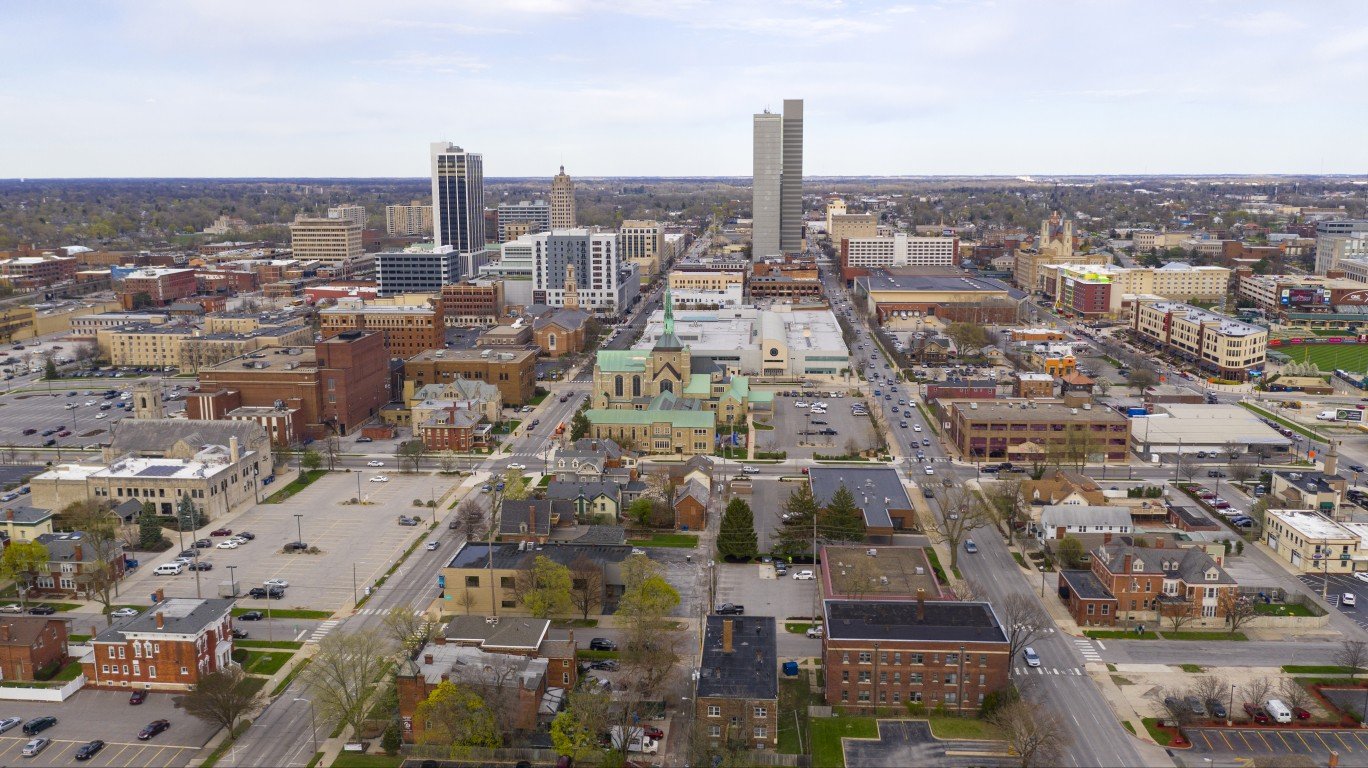
- Increase of 25 to 39 year-old residents (2019 to 2022): +6.7%
- Population growth (2019 to 2022): +3.1%
- Homeownership rate (moved 2021 or later): 45.2%
- Unemployment rate (2022): 2.8%
21. North Port-Sarasota-Bradenton, FL

- Increase of 25 to 39 year-old residents (2019 to 2022): +7.0%
- Population growth (2019 to 2022): +6.5%
- Homeownership rate (moved 2021 or later): 57.0%
- Unemployment rate (2022): 2.9%
20. Knoxville, TN
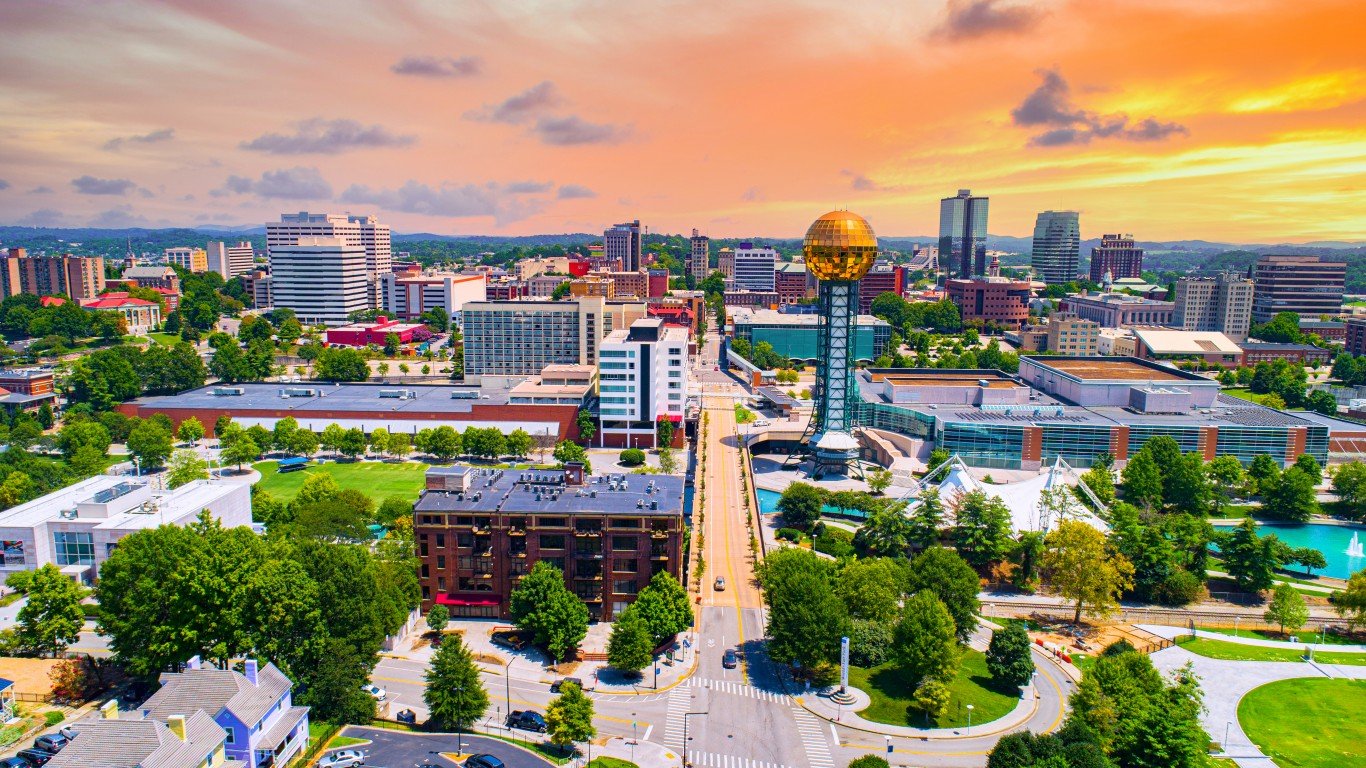
- Increase of 25 to 39 year-old residents (2019 to 2022): +7.2%
- Population growth (2019 to 2022): +4.3%
- Homeownership rate (moved 2021 or later): 42.9%
- Unemployment rate (2022): 3.1%
19. Kingsport-Bristol, TN-VA
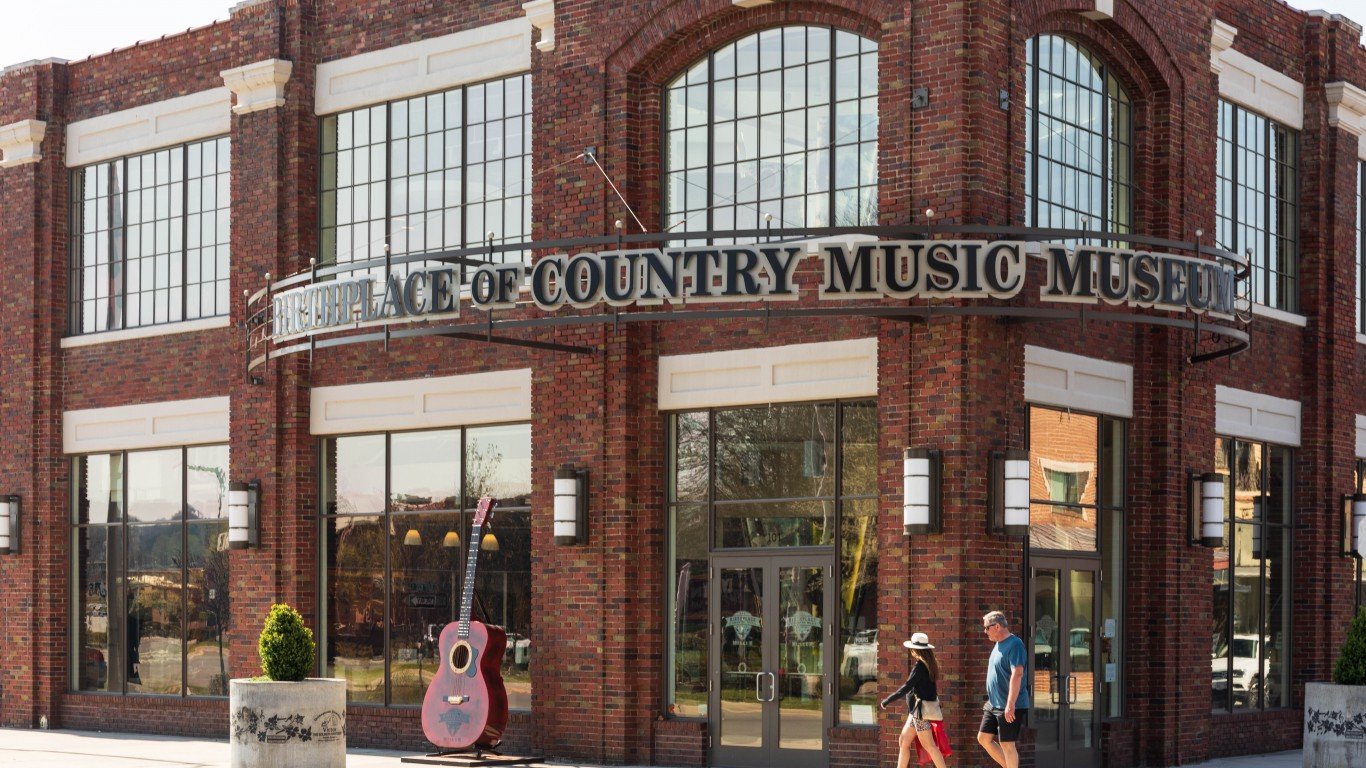
- Increase of 25 to 39 year-old residents (2019 to 2022): +7.4%
- Population growth (2019 to 2022): +0.9%
- Homeownership rate (moved 2021 or later): 48.7%
- Unemployment rate (2022): 3.4%
18. Canton-Massillon, OH

- Increase of 25 to 39 year-old residents (2019 to 2022): +7.6%
- Population growth (2019 to 2022): +0.5%
- Homeownership rate (moved 2021 or later): 43.9%
- Unemployment rate (2022): 4.0%
17. Reno, NV
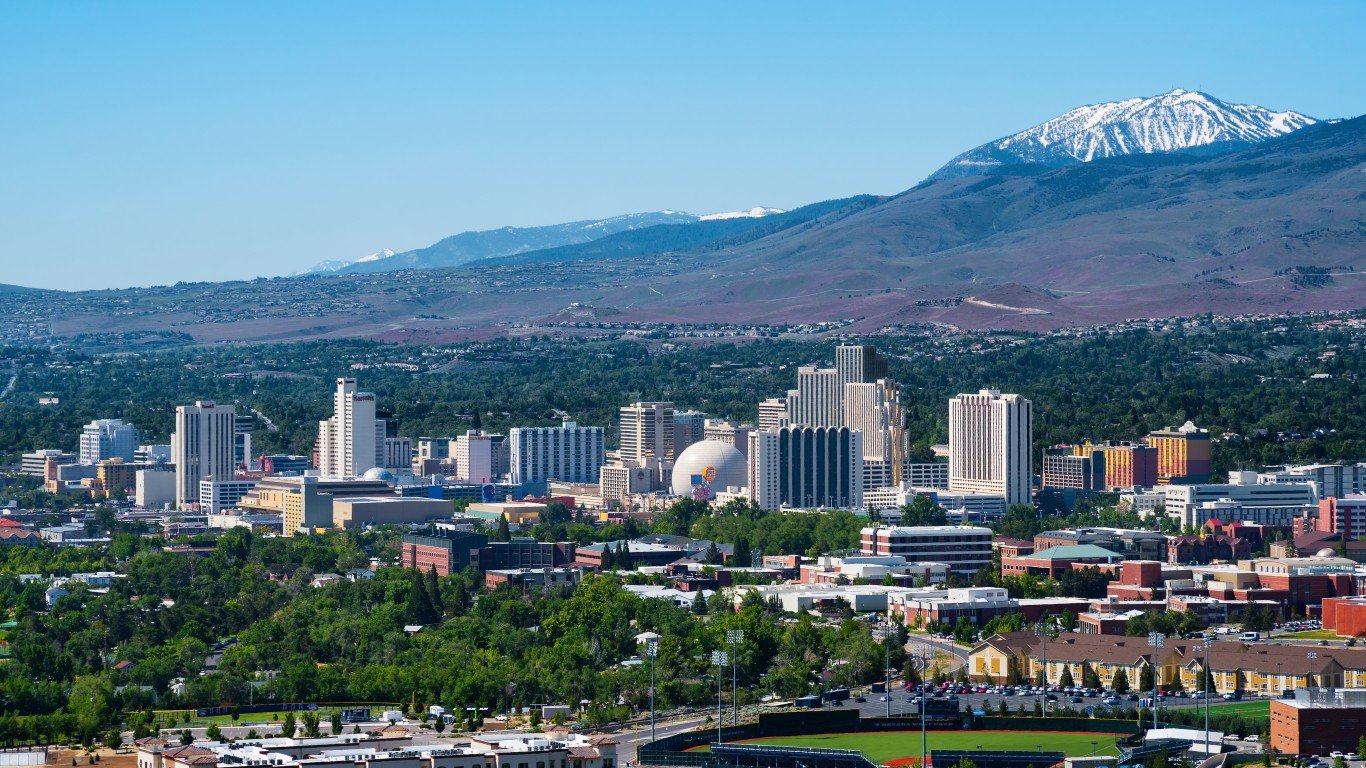
- Increase of 25 to 39 year-old residents (2019 to 2022): +7.8%
- Population growth (2019 to 2022): +5.5%
- Homeownership rate (moved 2021 or later): 37.1%
- Unemployment rate (2022): 3.5%
16. Portland-South Portland, ME

- Increase of 25 to 39 year-old residents (2019 to 2022): +8.0%
- Population growth (2019 to 2022): +4.3%
- Homeownership rate (moved 2021 or later): 49.4%
- Unemployment rate (2022): 2.5%
15. Montgomery, AL
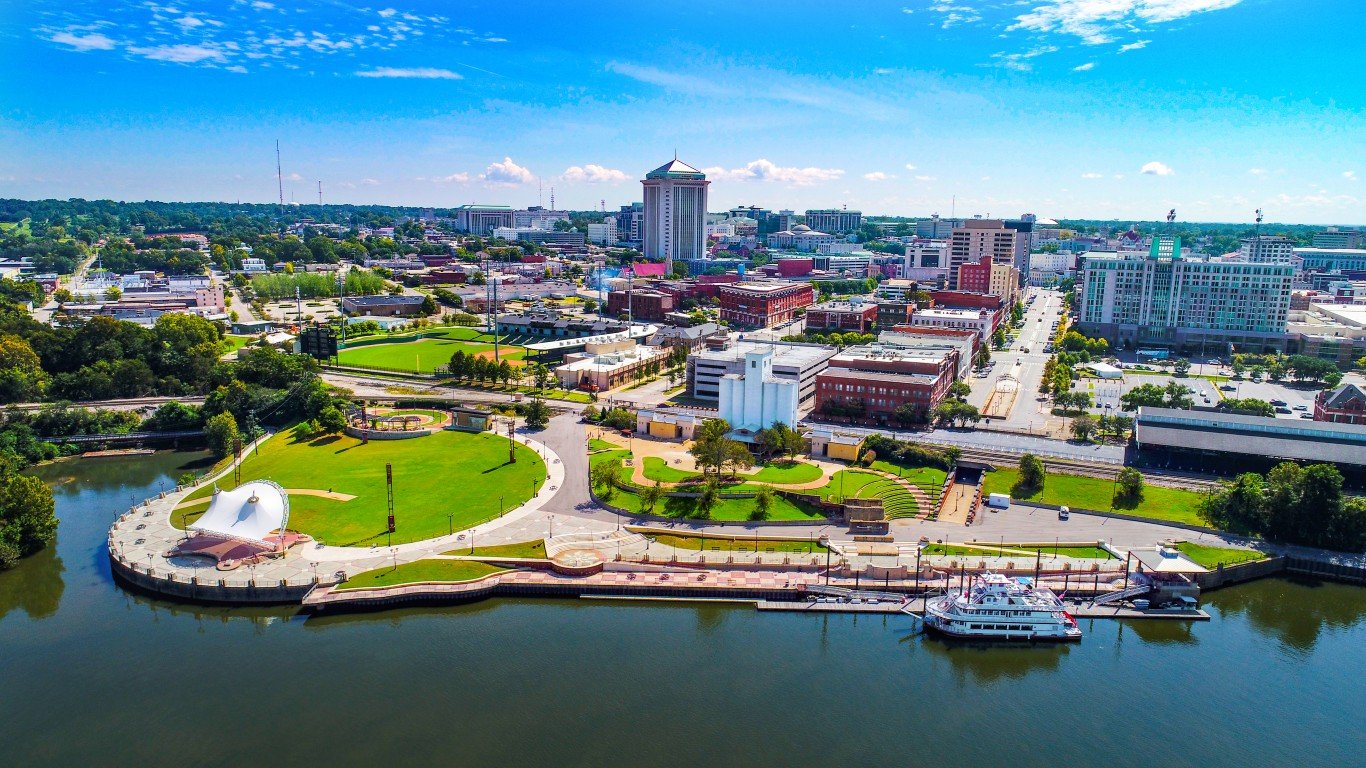
- Increase of 25 to 39 year-old residents (2019 to 2022): +8.4%
- Population growth (2019 to 2022): +4.1%
- Homeownership rate (moved 2021 or later): 40.3%
- Unemployment rate (2022): 2.8%
14. Raleigh-Cary, NC

- Increase of 25 to 39 year-old residents (2019 to 2022): +8.4%
- Population growth (2019 to 2022): +6.7%
- Homeownership rate (moved 2021 or later): 37.4%
- Unemployment rate (2022): 3.1%
13. Austin-Round Rock-Georgetown, TX

- Increase of 25 to 39 year-old residents (2019 to 2022): +8.7%
- Population growth (2019 to 2022): +8.7%
- Homeownership rate (moved 2021 or later): 29.3%
- Unemployment rate (2022): 2.9%
12. Deltona-Daytona Beach-Ormond Beach, FL
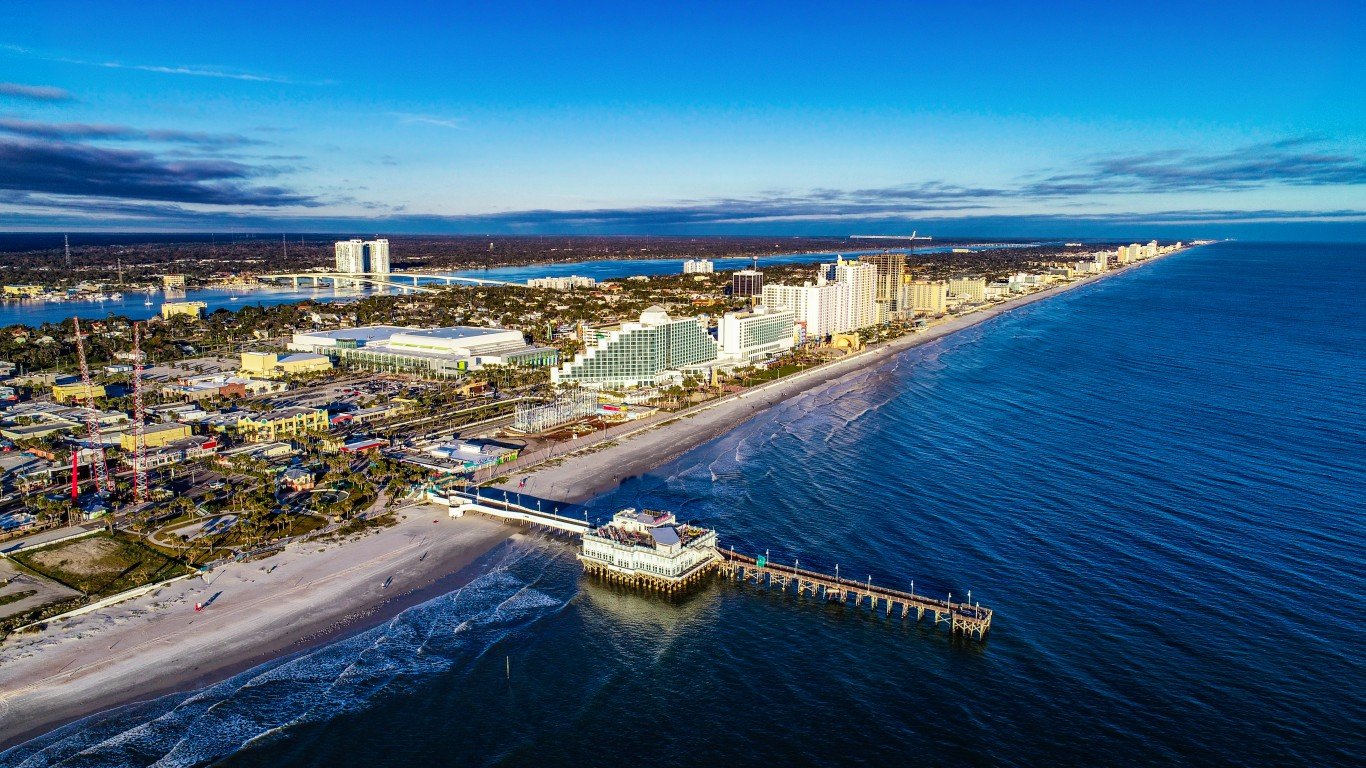
- Increase of 25 to 39 year-old residents (2019 to 2022): +9.2%
- Population growth (2019 to 2022): +5.6%
- Homeownership rate (moved 2021 or later): 57.4%
- Unemployment rate (2022): 3.2%
11. Salem, OR
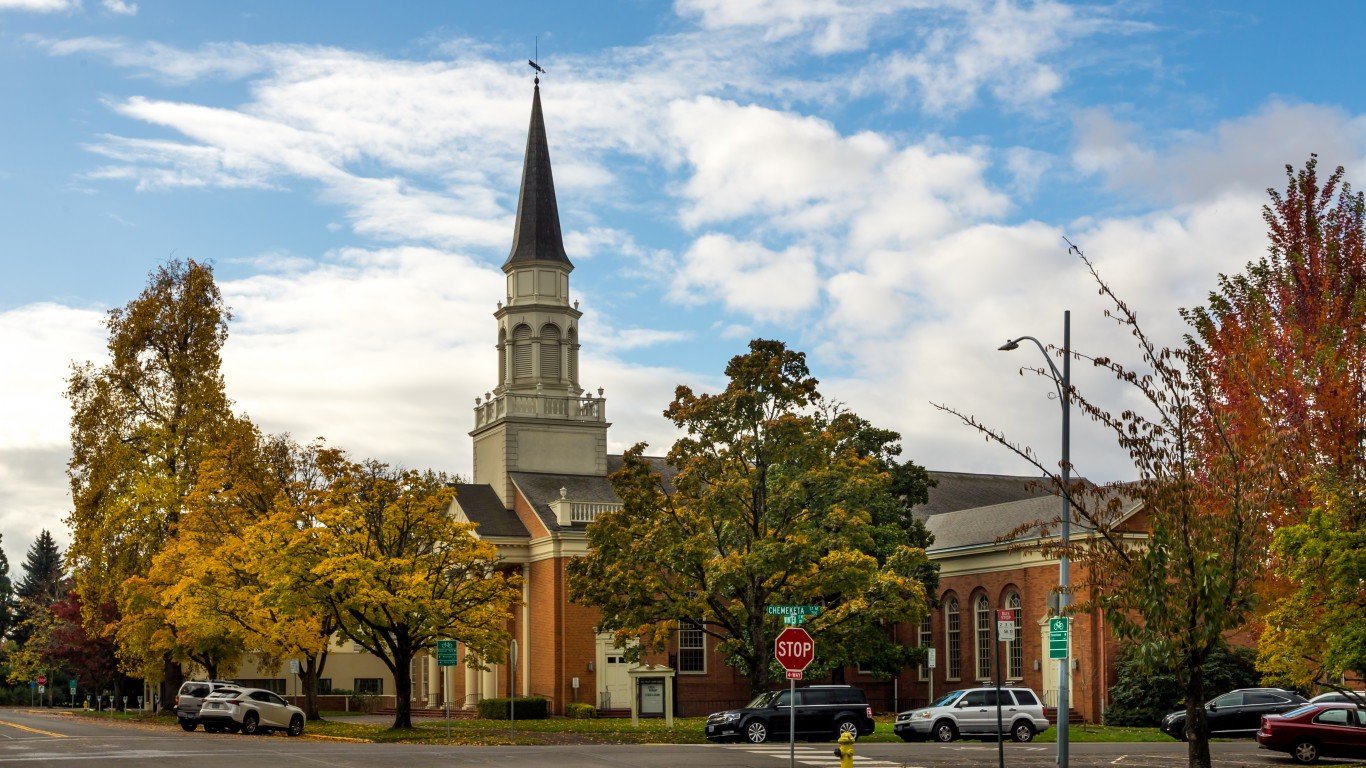
- Increase of 25 to 39 year-old residents (2019 to 2022): +9.3%
- Population growth (2019 to 2022): +0.6%
- Homeownership rate (moved 2021 or later): 49.0%
- Unemployment rate (2022): 4.3%
10. Wilmington, NC

- Increase of 25 to 39 year-old residents (2019 to 2022): +10.4%
- Population growth (2019 to 2022): +1.1%
- Homeownership rate (moved 2021 or later): 41.3%
- Unemployment rate (2022): 3.3%
9. Clarksville, TN-KY
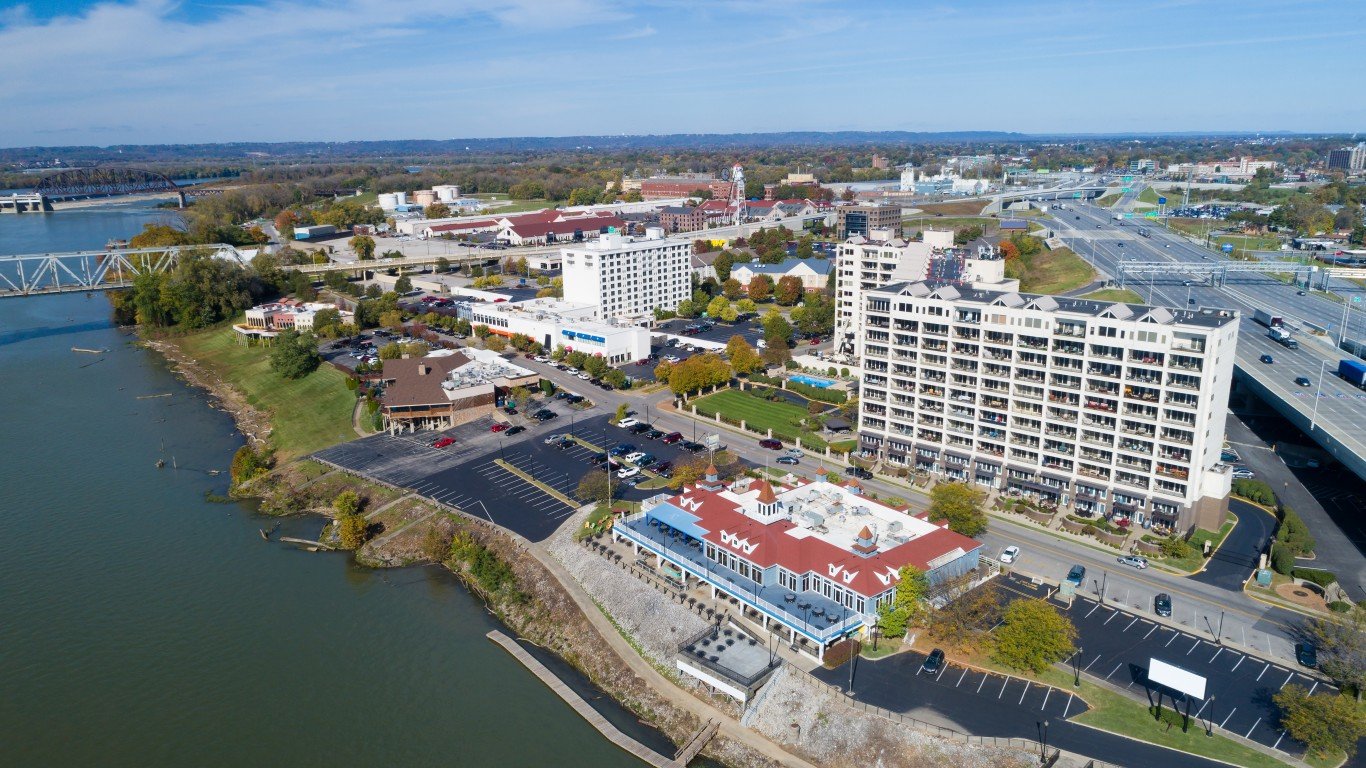
- Increase of 25 to 39 year-old residents (2019 to 2022): +10.6%
- Population growth (2019 to 2022): +8.2%
- Homeownership rate (moved 2021 or later): 38.8%
- Unemployment rate (2022): 4.0%
8. Harrisburg-Carlisle, PA

- Increase of 25 to 39 year-old residents (2019 to 2022): +10.7%
- Population growth (2019 to 2022): +4.4%
- Homeownership rate (moved 2021 or later): 45.4%
- Unemployment rate (2022): 3.7%
7. Manchester-Nashua, NH

- Increase of 25 to 39 year-old residents (2019 to 2022): +10.7%
- Population growth (2019 to 2022): +2.3%
- Homeownership rate (moved 2021 or later): 48.7%
- Unemployment rate (2022): 2.4%
6. Fayetteville-Springdale-Rogers, AR
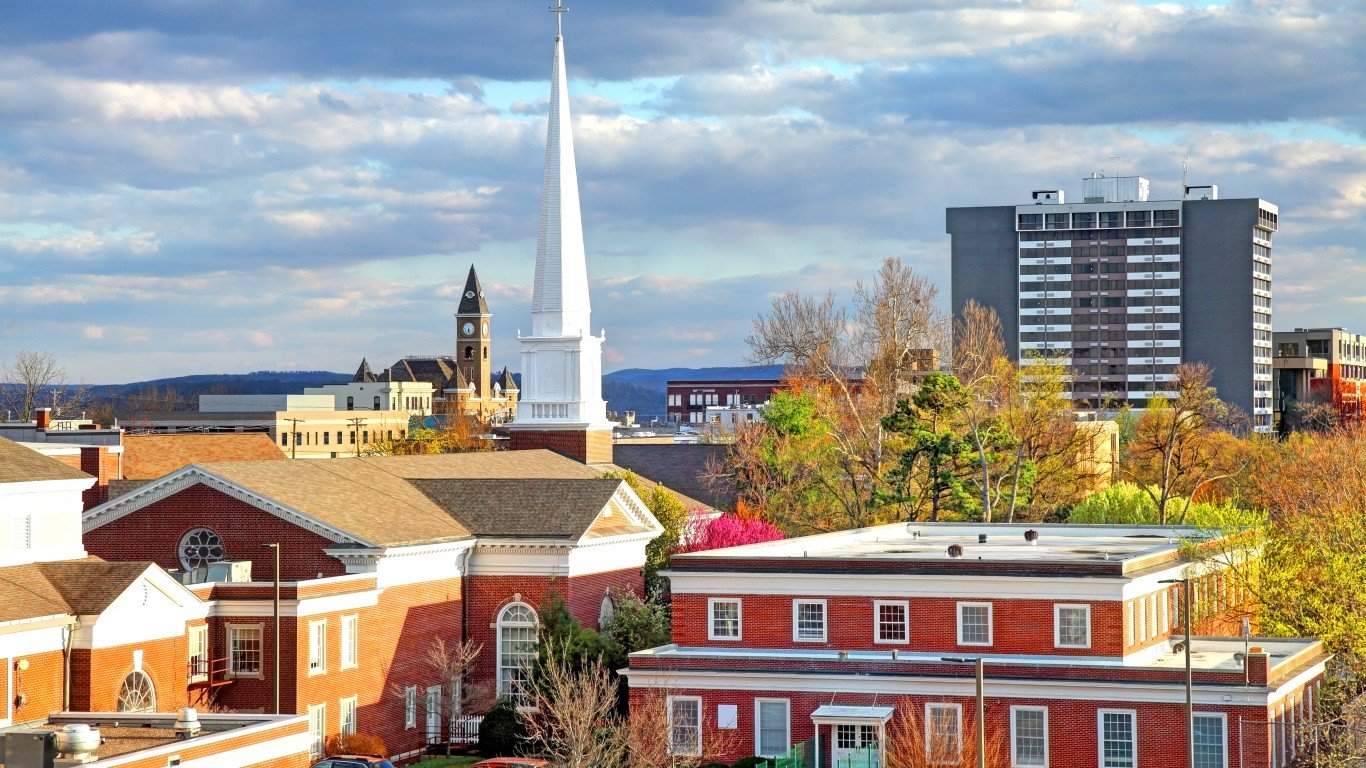
- Increase of 25 to 39 year-old residents (2019 to 2022): +10.9%
- Population growth (2019 to 2022): +7.6%
- Homeownership rate (moved 2021 or later): 43.2%
- Unemployment rate (2022): 2.4%
5. Greeley, CO

- Increase of 25 to 39 year-old residents (2019 to 2022): +11.5%
- Population growth (2019 to 2022): +7.9%
- Homeownership rate (moved 2021 or later): 59.6%
- Unemployment rate (2022): 3.2%
4. Waco, TX

- Increase of 25 to 39 year-old residents (2019 to 2022): +11.8%
- Population growth (2019 to 2022): +4.4%
- Homeownership rate (moved 2021 or later): 32.8%
- Unemployment rate (2022): 3.6%
3. Lakeland-Winter Haven, FL
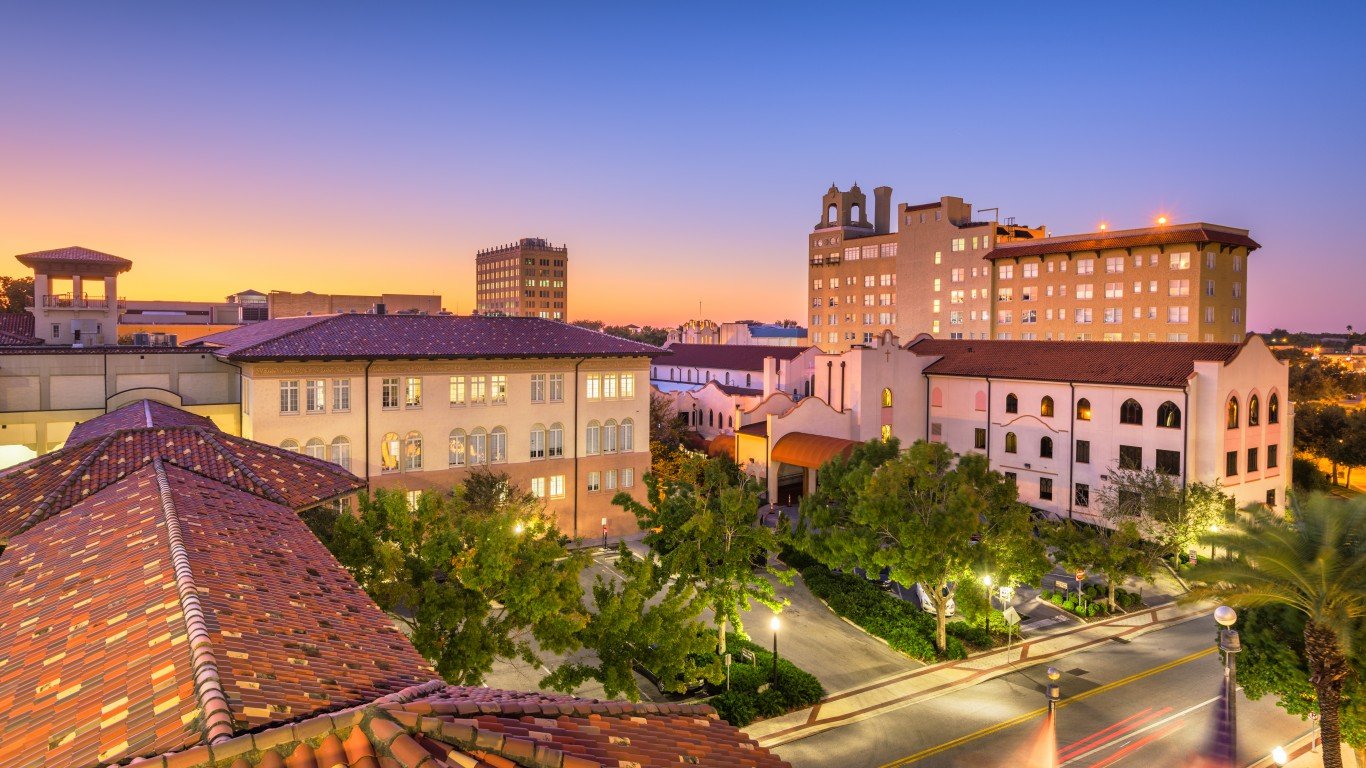
- Increase of 25 to 39 year-old residents (2019 to 2022): +12.2%
- Population growth (2019 to 2022): +8.6%
- Homeownership rate (moved 2021 or later): 55.3%
- Unemployment rate (2022): 3.5%
2. Provo-Orem, UT
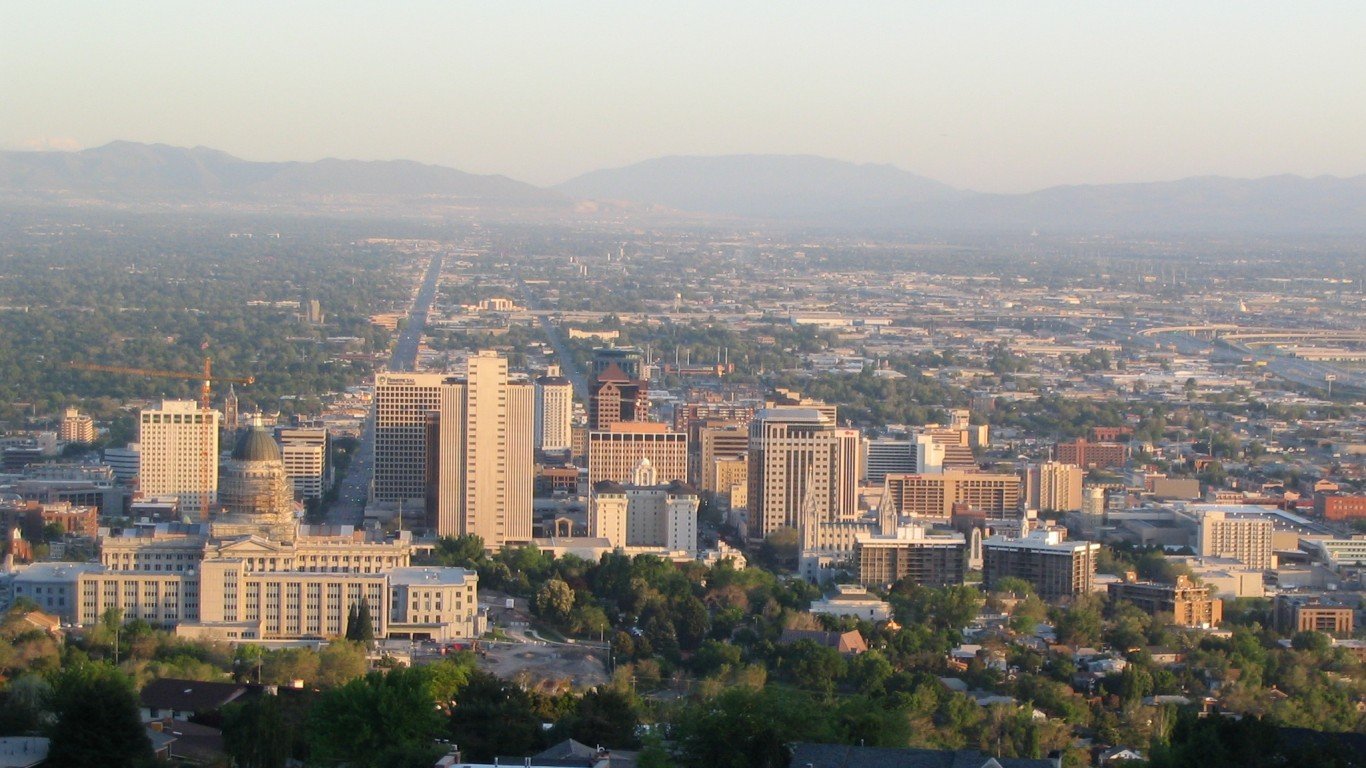
- Increase of 25 to 39 year-old residents (2019 to 2022): +13.6%
- Population growth (2019 to 2022): +10.0%
- Homeownership rate (moved 2021 or later): 40.5%
- Unemployment rate (2022): 2.1%
1. Spartanburg, SC
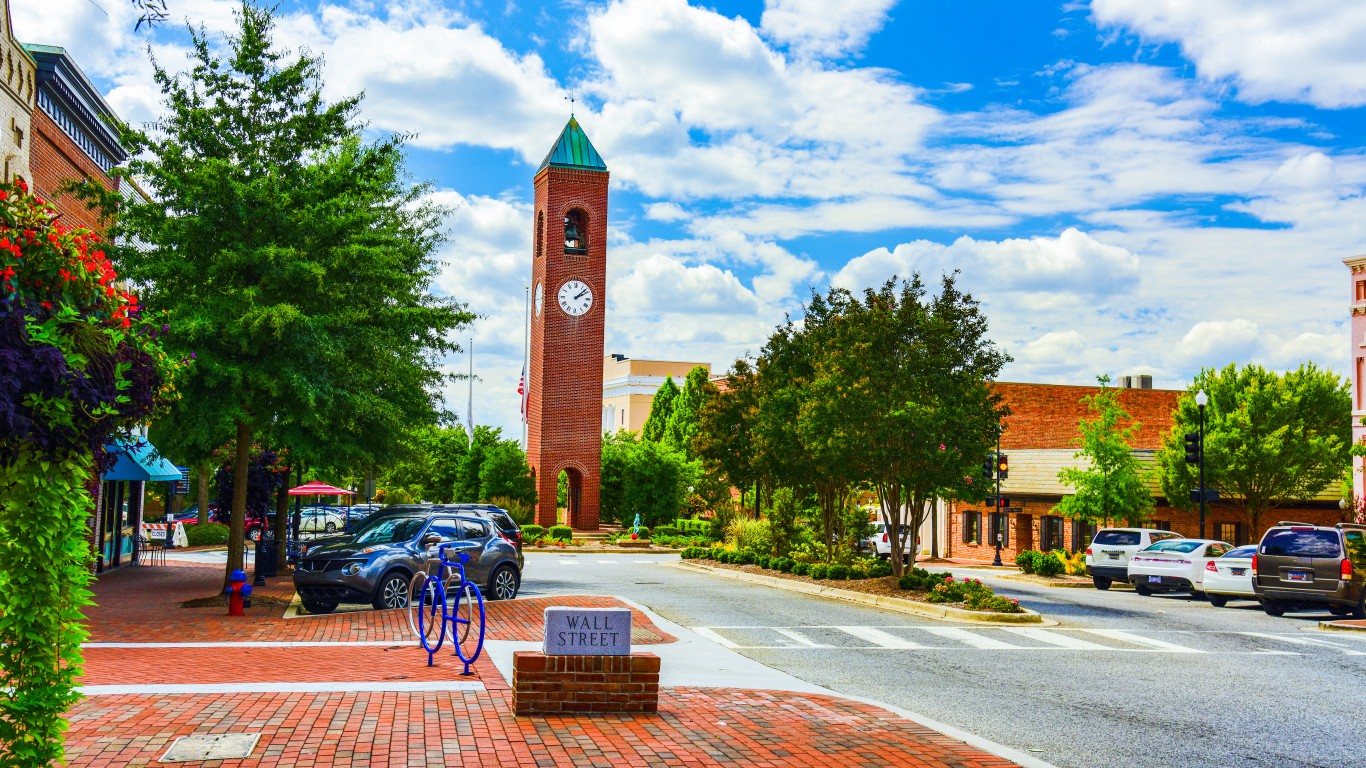
- Increase of 25 to 39 year-old residents (2019 to 2022): +14.3%
- Population growth (2019 to 2022): +8.1%
- Homeownership rate (moved 2021 or later): 52.5%
- Unemployment rate (2022): 3.3%
Buffett Missed These Two…
Warren Buffett loves dividend stocks, and has stuffed Berkshire with some of his favorites.
But he overlooked two dividend legends that continue to print checks on a new level, they’re nowhere in his portfolio.
Unlock the two dividend legends Buffett missed in this new free report.
Thank you for reading! Have some feedback for us?
Contact the 24/7 Wall St. editorial team.


